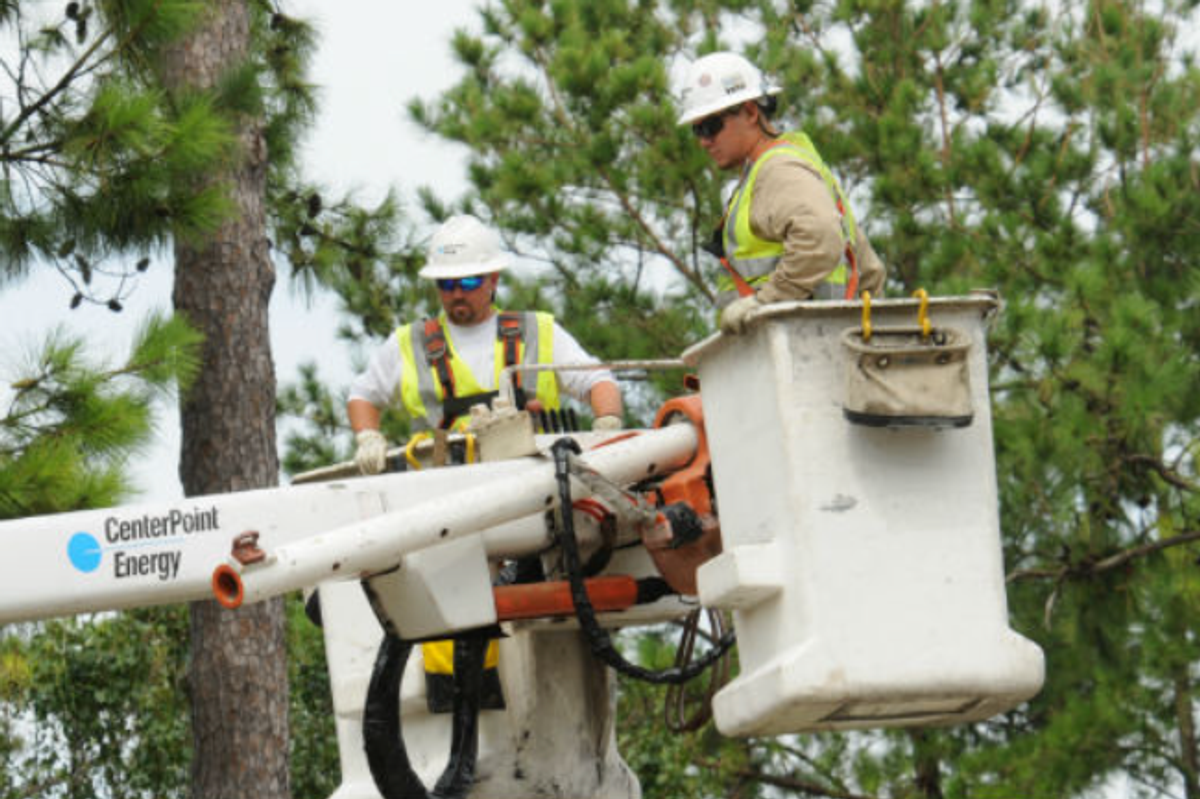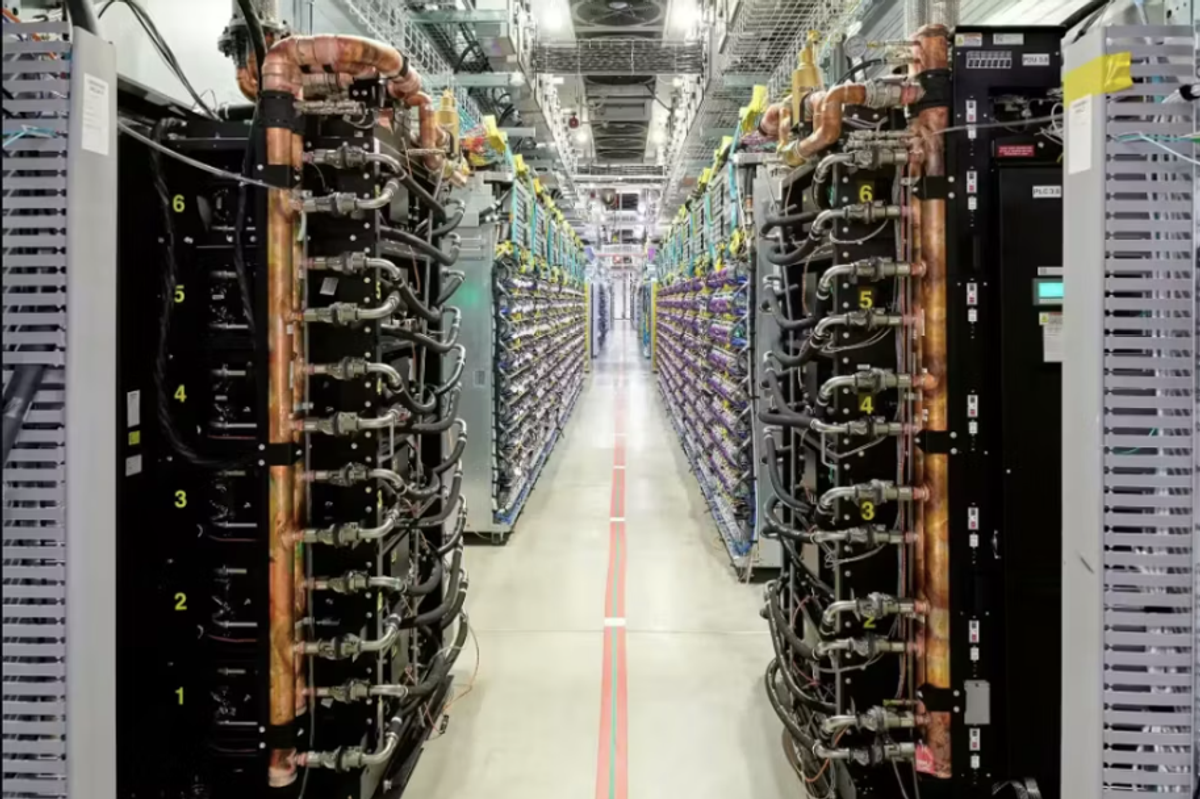NOV opens applications for unique energy tech startup pilot program in Houston
calling all innovators
Houston-based NOV is launching a new growth-stage startup accelerator focused on the upstream oil and gas industry.
NOV, a provider of oil and gas drilling and production operations equipment, has announced its new NOV Supernova Accelerator in collaboration with VentureBuilder, a consulting firm, investor, and accelerator program operator led by a group of Houston innovators.
Applications to the program are open online, and the deadline to apply is July 7. Specifically, NOV is looking for companies working on solutions in data management and analytics, operational efficiency, HSE monitoring, predictive maintenance, and digital twins.
The five-month program establishes a significant relationship between the 20 selected startups and NOV, beginning with paid pilot programs.
"This is not a traditional startup accelerator. This is often a first-client relationship to help disruptive startups refine product-market fit and creatively solve our pressing enterprise problems," reads the program's website.
Selected startups will have direct access to NOV's team and resources. The program will require companies to spend one week per month in person at NOV headquarters in Houston and will provide support surrounding several themes, including go-to-market strategy, pitch practice, and more.
“The NOV Supernova Accelerator offers a strategic approach where the company collaborates with startups in a vendor-client relationship to address specific business needs," says Billy Grandy, general partner of VentureBuilder.vc, in a statement. "Unlike mergers and acquisitions, the venture client model allows corporations like NOV to quickly test and implement new technologies without committing to an acquisition or risking significant investment.”
- Sustainability startups share challenges, Baker Hughes' new HQ, and more top Houston energy news ›
- Greentown Houston selected for federal program that's accelerating tech entrepreneurship ›
- Oxy subsidiary gets $550M boost to form new CCUS joint venture ›
- Houston sustainability startup founders named winners for 2023 Entrepreneur of the Year awards ›
- Houston lands on the wrong end of national pollution report ›
- Texas gas station favorite scores Mercedes-Benz partnership for EV chargers ›










